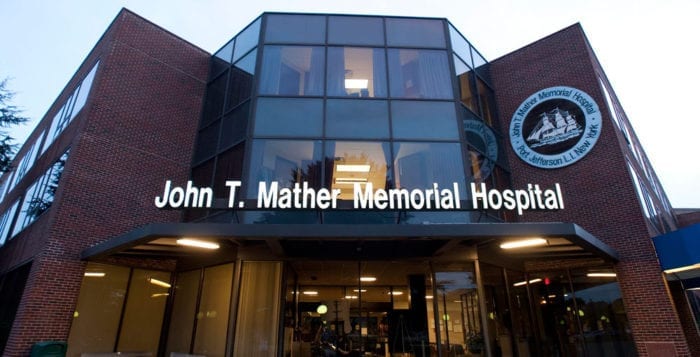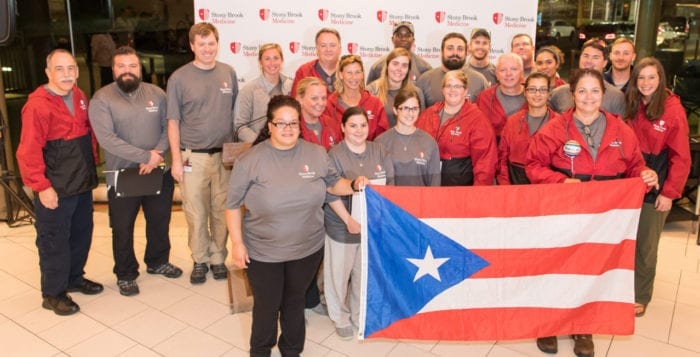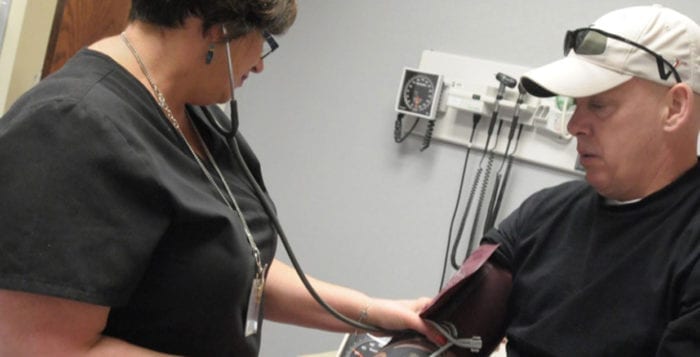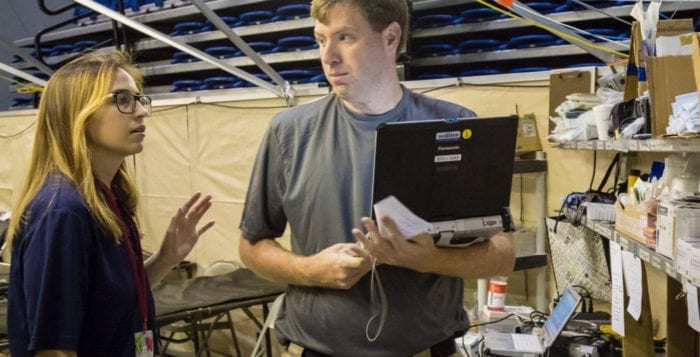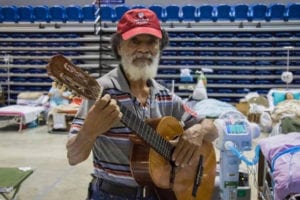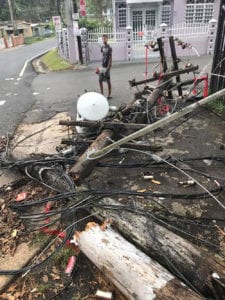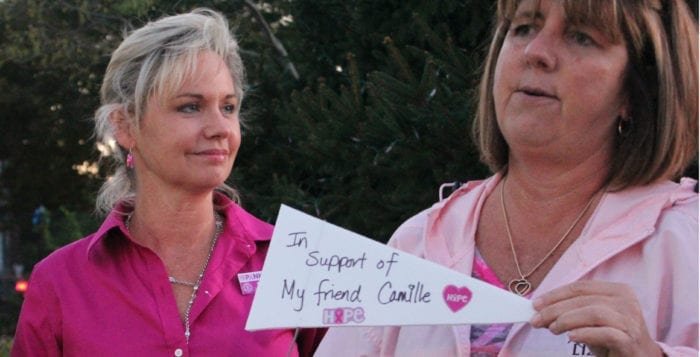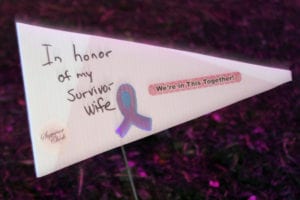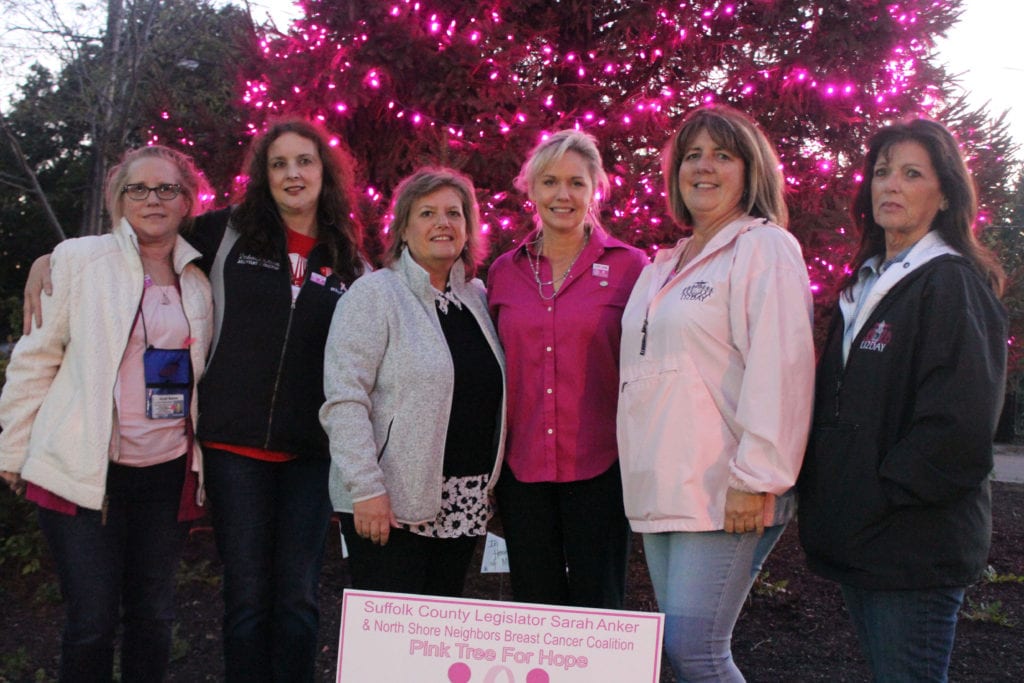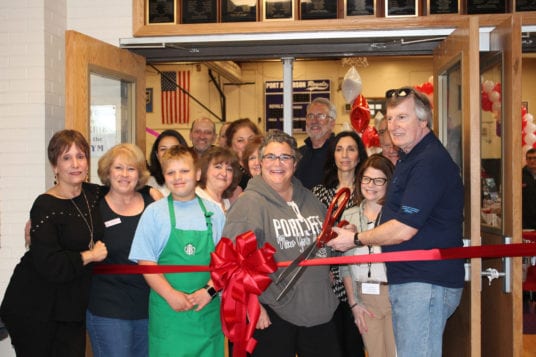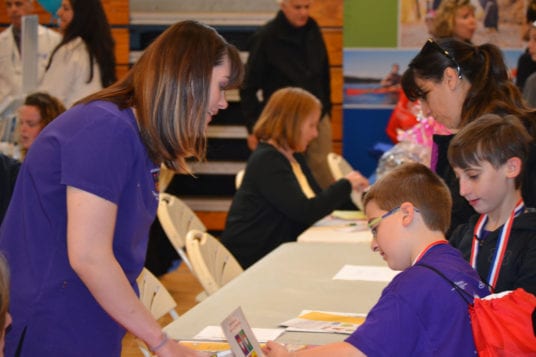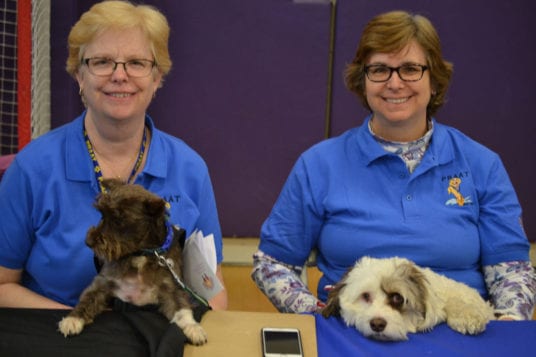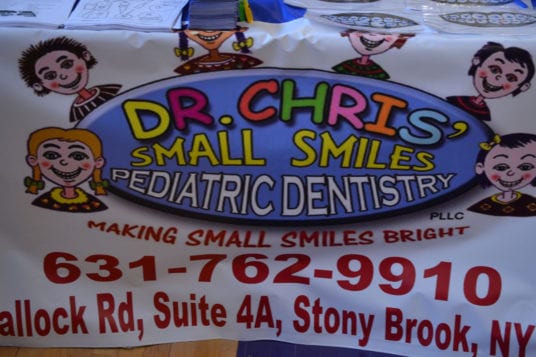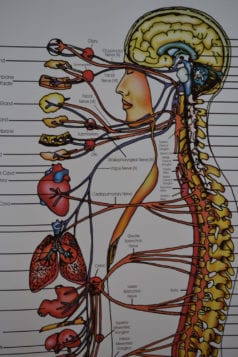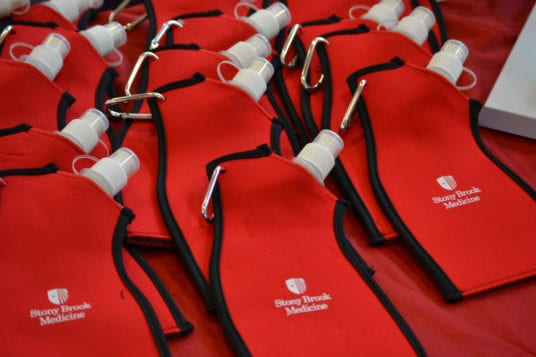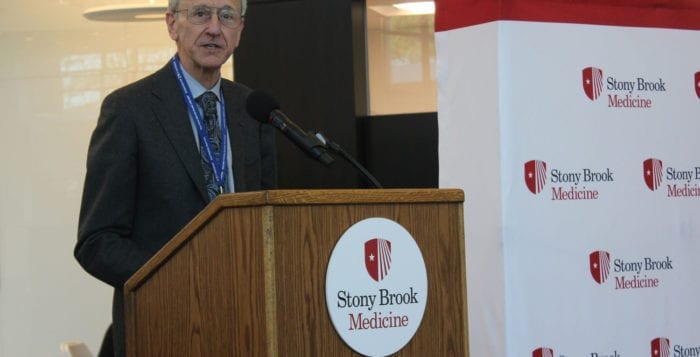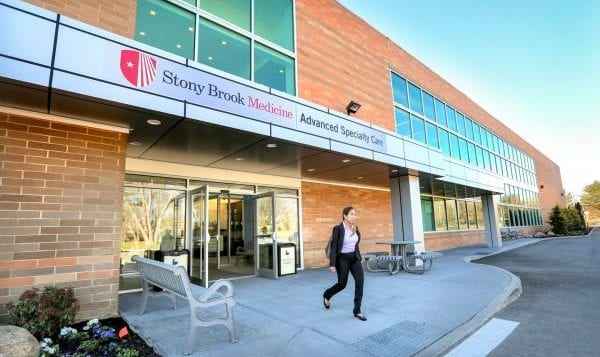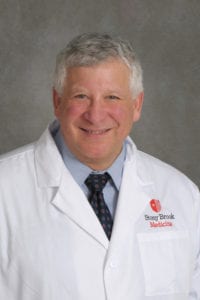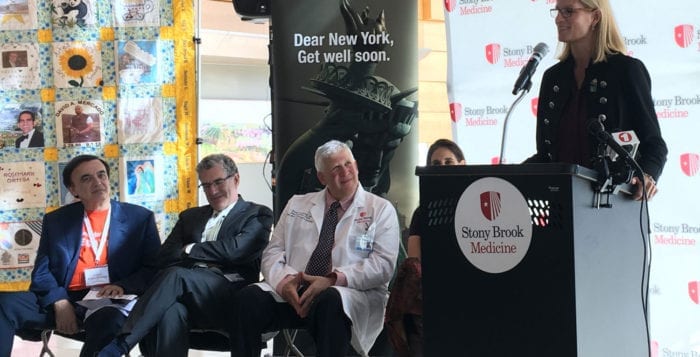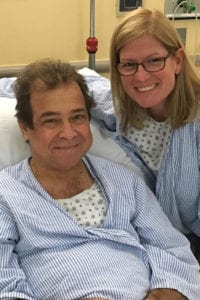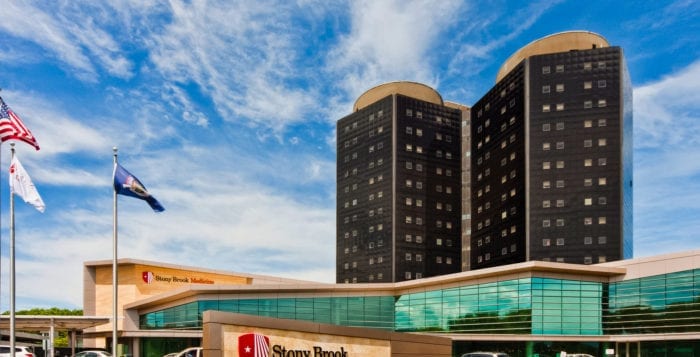A historic change at a nearly 90-year-old Port Jefferson institution has been finalized.
John T. Mather Memorial Hospital will officially finalize an affiliation agreement with Northwell Health Dec. 21, according to a Mather board member, who asked not to be referred to by name. Leadership from Mather Hospital signed a letter of intent to join Northwell, New York’s largest health care provider, in August, though the sides had not yet finalized the terms of the agreement at that time. It is the first time in the hospital’s history it will be affiliating with a larger health system, and a signing ceremony is set to take place Thursday, Dec. 21, at 3 p.m. in a conference room at the hospital. The board member said he expects Northwell Health president and chief executive officer Michael Dowling as well as Mather board of directors chairman Ken Jacoppi to attend the signing.
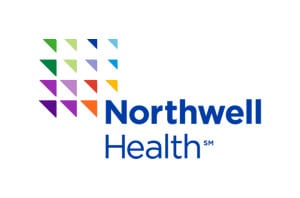
“We’re very pleased Northwell has committed to making an investment in our community and bringing their extraordinary capabilities to our community,” the board member said. “They’ve committed to preserve our culture of patient safety.”
The board member said part of the agreement is that Mather’s board and CEO will remain in place through an initial period of five years, allowing the hospital to remain “largely self-governing” during that time with collaboration and cooperation from Northwell. The Mather board member did not specify the total length or any other specifics of the agreement. A spokesperson from Mather confirmed the ceremonial signing will take place Dec. 21 and that the agreement has been reached, but declined to confirm any details relating to the contract.
The board member summed up what the change might mean for hospital patients going forward.
“In the near term the experience should not change at all,” he said. “We happen to believe that’s a good experience, generally speaking. In the long term Northwell has greater capabilities than we do and we’ll gain those. They’re committed to supporting our residency program as well.”
In August, state Sen. Ken LaValle (R-Port Jefferson) voiced opposition to the agreement, saying he would have preferred Mather affiliate with Stony Brook University Hospital.
“I don’t think it’s a good decision,” LaValle said at the time. “For 50 years-plus there’s been a culture in place if people needed tertiary care they would go from Mather to Stony Brook. Stony Brook will still be in place, will still offer services and people if they choose can go to Stony Brook.”
Mather Hospital vice president of public affairs Nancy Uzo said in August Stony Brook was considered an option for affiliation and offered an explanation by email.
“Our goal through this process is to ensure that our communities continue to have access to advanced, high-quality care and superior satisfaction close to home, and to serve the best interests of our medical staff and employees,” she said.
Dowling commented similarly about Mather Hospital’s reputation around the letter of intent signing in August, and as to why Northwell would be a good fit for Mather.
“Mather Hospital is known for patient-centric care both in the community and throughout the industry,” he said. “That deeply embedded sense of purpose is the type of quality we want to represent Northwell Health, along with an excellent staff of medical professionals and physicians. Together, Mather and Northwell will play a crucial partnership role expanding world-class care and innovative patient services to Suffolk County residents.”
A public relations representative from Northwell did not immediately respond to requests for comment.
This story was updated Dec. 19 to include a Mather spokesperson’s confirmation of the signing ceremony.

